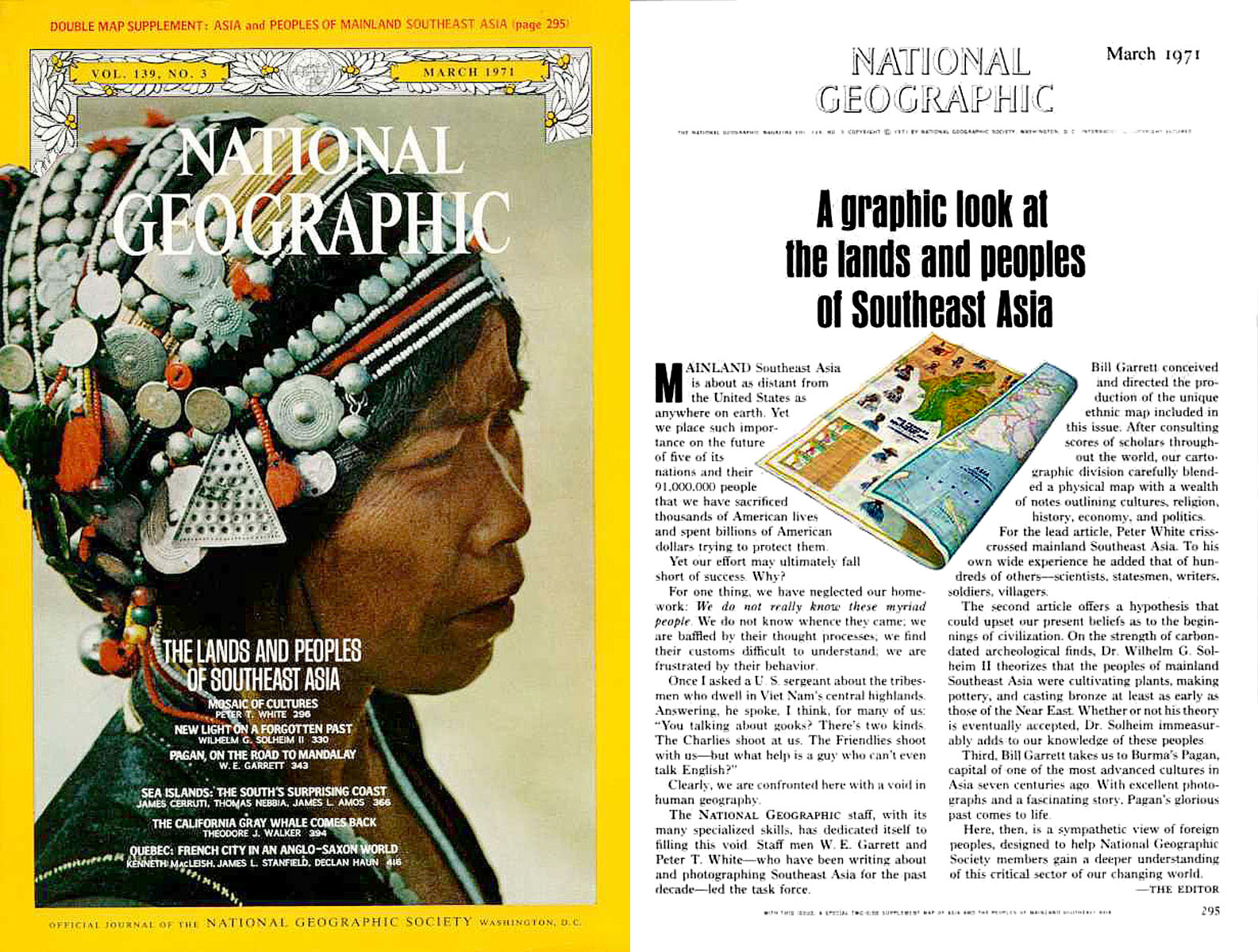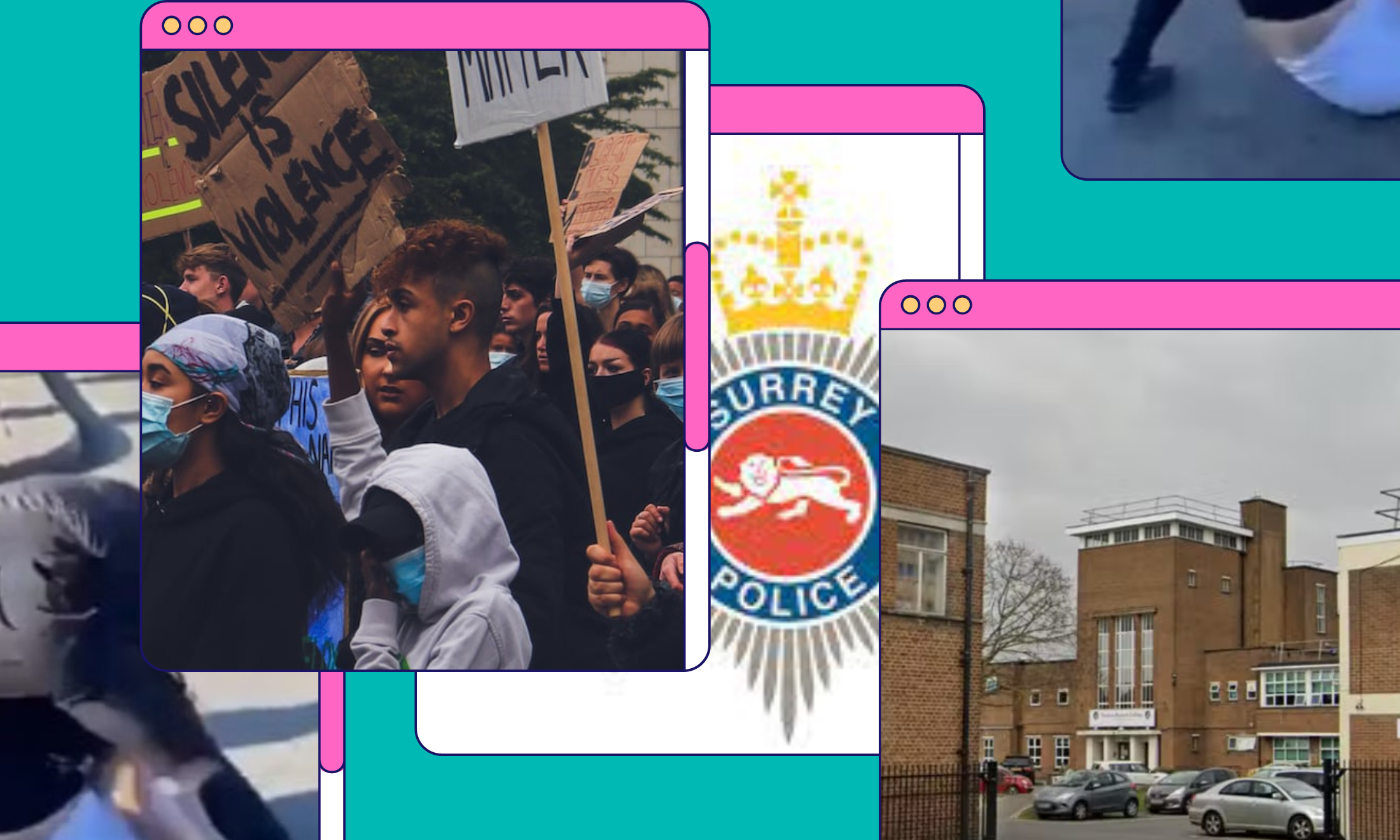
National Geographic is racist. They’ve proved it extensively with almost 130 years of dehumanising content presented to the West under the guise of “Anthropology”. This week, they decided to dedicate their latest instalment to “The Race Issue”, as a form of an apology. Given the times we live in and how “woke culture” has now been adopted by some canny capitalists into the mainstream, it feels performative, fake and over 100 years too late.
National Geographic’s reputation as a publication which casually publishes content that obstructs the agency of those living in the communities and countries it covers, has been already set in stone. As we’ve seen throughout modern history, the white imagination consistently concerns itself with the “Other”. Unashamedly printing issue after issue of false representations of “far away” distant lands not only reinforces the belief that the Global North has far surpassed the Global South in terms of social and technological developments, but more worryingly, that somehow whiteness is linked to superiority.
“People of Colour have existed in the white gaze throughout history for observational and commodifying purposes only”
The first images presented to West depicting the lives of those in the “Global South” were primarily voyeuristic ethnographic inquiries into local “tribes”. This unsettling curiosity of non-white individuals dominated discourse right after the Industrial Revolution, not long after the supposed “end” of slavery. This harmful rhetoric resulted in vast amounts of pseudoscience and the exploitation of black bodies in harmful forms of entertainment that still exist in our different forms of mass culture today. Recent conversations have centered around cultural appropriation and blackface, but where did this violent fascination stem from? It’s no mistake that white girls attend festivals up and down the country wearing matching bindis and First Nation headdresses as a kind of fashion accessory. People of Colour (PoC) have existed in the white gaze throughout history for observational and commodifying purposes only.
National Geographic is a magazine that proclaims to be “a world leader in geography, cartography and exploration”. This problematic tagline, taken from its current website, demonstrates how the colonial mentality of entitlement and blatant fetishisation of the Other as spectacle, still exists today. National Geographic is well known for showing the bare breasts of Women of Colour (WoC), adding to the immense hypersexualisation coupled with attempts at the dissolution of personal and sexual agency.
National Geographic’s most controversial cover is the one that accompanied its television show Eating with Cannibals. Released originally as part of a series in 2011, the documentary followed the lives of tribes in Papua New Guinea, and their “shocking” way of life. Edited in such a way to invoke feelings of scandal and bewilderment in the “Western gaze”, the documentary points to the flaws of ethnographic inquiries but also represents the black body as merely something to be consumed. The documentary was filmed without the proper consent of the tribe, something that would not happen were the participants based in the Global North, and they were mostly unaware of what was going on as the technology used to film them was not part of their everyday life. Once again, civilisations that do not live their lives according to the “traditional” way of the West exist merely for entertainment or to be commodified.
“When we control the output of the information surrounding our existence, positive and truthful accounts are found”
The exploitation of the black body has its roots in colonialism, slavery and pseudoscientific literature. The most explicit example can be found in Joseph Conrad’s Heart Of Darkness, which, despite its overtly racist overtones, is still considered firmly part of the literature canon, and hailed a classic. Nigerian Novelist Chinua Achebe in Hopes and Impediments, states that Conrad’s novel projected Africa’s image as “the anti-thesis of Europe and therefore of civilization, a place where man’s vaunted intelligence and refinement are finally mocked by triumphant bestiality”. When we as PoC control the output of the information surrounding our existence, positive and truthful accounts are found.
Ten years before the publication of Heart of Darkness, National Geographic’s first issue in 1888 contained multiple photographs of “tribal nudity” to the amusement of its readership. This triggered a genre of literature and photography that sought to document and depict the peoples of Africa as savages. Writing in 1989, nearly 100 years after the first National Geographic publication, Chinua Achebe states with great concern that the implications of such practices are everlasting. We must stop excusing publications, such as the National Geographic, as simply a product of their time. Eating with Cannibals was created and released only 6 years ago. Black people are still demonised using the pejoratives “primitive”, “tribal”, “uncivilised” and “barbaric”, and these depictions will continue until the issues surrounding these publications are tackled.








